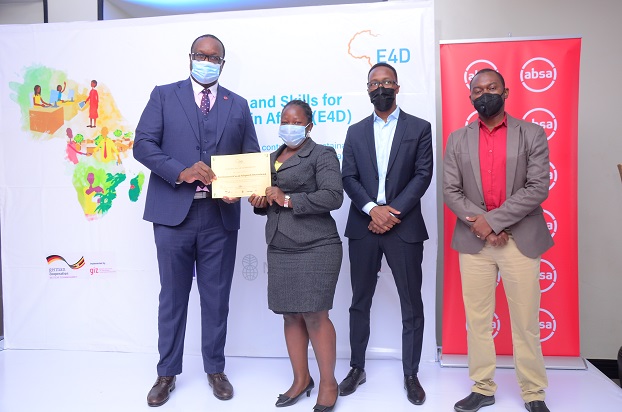The desire for Uganda to achieve a middle income status (lower) by 2020 will not achieved, according to World Bank.
According to World Bank’s Uganda economic update 10th edition dubbed: ‘accelerating Uganda’s development : ending child marriage, educating girls’ released on Tuesday, Uganda has experienced economic growth slowdown in the past five years despite decades of sustained economic growth during which Uganda made dramatic progress towards poverty reduction.
The report reveals that during FY2016/17, it is estimated that Uganda’s economy grew at the rate of 4.0 percent, a significant deceleration from historical averages, which stand at about 7-8 percent.
“While significant progress has been made towards poverty reduction over the past 20 years, in recent years, the poverty rate has begun to increase, with the proportion of households living below the national poverty line rising from 19 percent in FY2012/13 to a preliminary estimate totaling 27 percent in FY2016/17,” the report reads in part.
It adds that over the past five years (2012 to 2016), Uganda’s economy has grown at the average annual rate of 4.5 percent, significantly below the average annual rate of 7.8 percent achieved over the decade to 2011.
On the production side, the deceleration in real growth has occurred across all sectors. In industry and agriculture, output growth has declined by around 50 percent, largely due to a slowdown in manufacturing and food crops.
Meanwhile, in the services sector, the growth rate decelerated from 8 percent to 5 percent, it adds.
Middle Income Dream To Take Longer
“The recent decline in the real GDP growth rate means that it will take significantly longer for Uganda to obtain its goal of achieving middle income status than it had envisaged,” the report says.
World Bank ranks middle income countries as those whose per capita income (annual earnings per person) averages between US$1,036 and US$12,615. This means Uganda is battling to attain a lower middle income status (US$1,036). Per capita income is the total Gross Domestic Product (GDP) of a country divided by the total population. It gives an indication of the average earnings per person in a year. Therefore, by 2020, every Ugandan should at least be able to earn close to US$1,036per year.
According to World Bank, Uganda’s per capita income stood at US$ 615.3 in 2016, down from US$705.3 in 2015.
The report adds that Uganda’s average annual population growth rate is high, standing at around 3.3 percent.
With the relatively low differential between the population growth rate and the economic growth rate, there have been only modest improvements to average per capita incomes.
“In other words, the average annual growth rate of per capita income stands at only around 0.2 percent. Thus, with the current deceleration in economic growth, it may take more than a decade for Uganda’s average per capita incomes to increase from the current level of US$ 706 to US$ 1000, the threshold level that defines middle-income status,” the report adds.
During the second half of FY 2016/17, Uganda’s real GDP growth rate accelerated to 5.0 percent, up from 3.0 percent in the corresponding period in the previous year.
However, during the first half of FY 2017/18, economic activity has been subdued, with the positive effects of sustained monetary easing, improved weather conditions, and the improved external environment partially offset by the negative impact of a number of regional and domestic developments.
Forecast
The report says Uganda’s economy is projected to grow at the rate of 5.1 percent during FY 2017/18, with this rate expected to accelerate to 5-6 percent for the subsequent three years.
However, this acceleration is predicated on the improved execution of public projects, an increased level of private investment, favorable weather conditions, increased access to credit, and improved external conditions.
It adds that there are a number of significant downside risks to the growth forecast, with the most significant risks related to fiscal management; to the potential of adverse weather conditions to negatively impact agricultural output; and to regional political developments that may adversely affect private investment.
“To achieve higher rates of sustainable growth, Uganda must increase the productivity of its labor force. The elimination of early marriages and early child bearing and the increased participation of girls and education are factors that may provide significant support to the achievement of increased productivity growth and higher levels of sustained economic growth,” it adds.
Follow us on Twitter: @BusinessFocusug @TaddewoS . Email: staddewo@gmail.com






